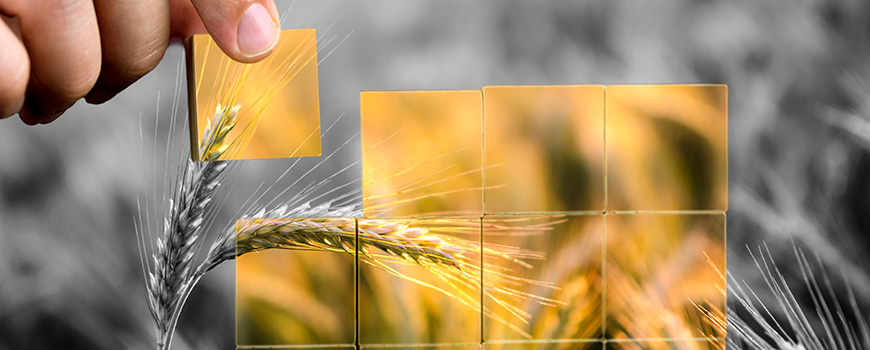
DESCRIPTION
Optimizing the use of agrochemicals is not just about using the necessary active ingredients at the right time and dose, but also using equipment which are in optimum conditions of maintenance and calibration.
It is a concept in line with the management of pesticides and fertilizers developed through integrated production. This practice contrasts with the carrying out of applications, year after year, using the same products, with the same dose and the same date of application, regardless of the real needs of the crop.
BENEFITS
The benefits achieved through the implementation of this practice are not only for the farm but it also positively affects to the environmental surrounding of the agrosystems. These benefits are:
- Cost reduction regarding agrochemicals in general, because dose to be applied can be reduced by knowing the exact demand of the crop and the optimal time and application conditions.
- Increased production of crops by improving their nutritional and health status.
- Increased economic benefits on farms by reducing their production costs and increasing revenue from the sale of the harvest.
- Reduction of diffuse pollution of water because there is no loss of products due to a misuse in the application.
- Reduction of nitrous oxide emissions as a consequence of volatilization associated with misuse of fertilizer.
- Increase of auxiliary soil fauna due to the use of fungicides and pesticides only when needed and with the right dose.




